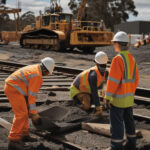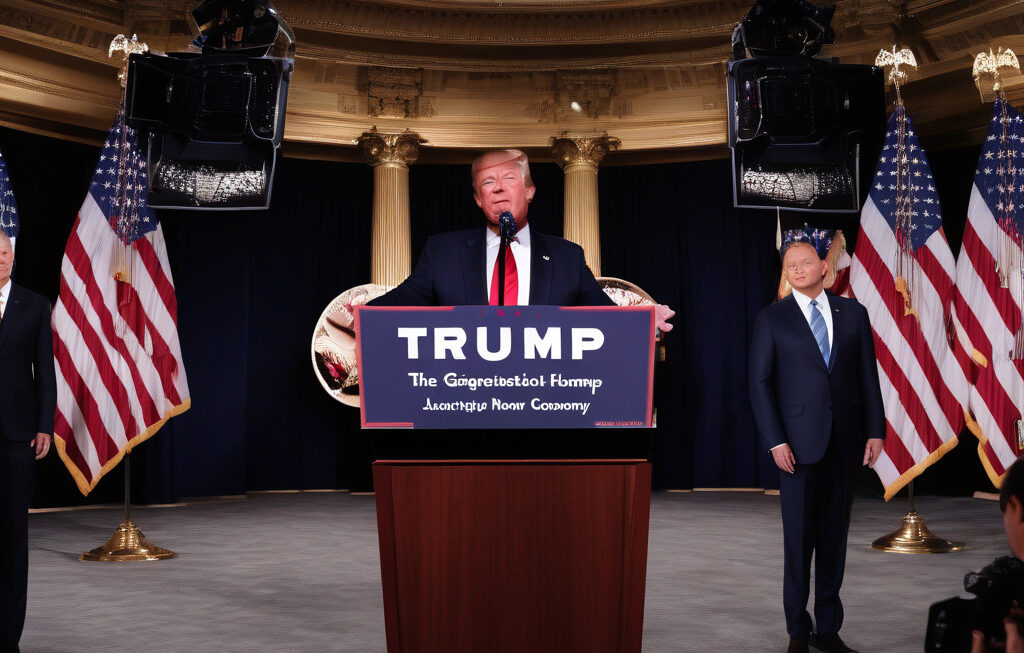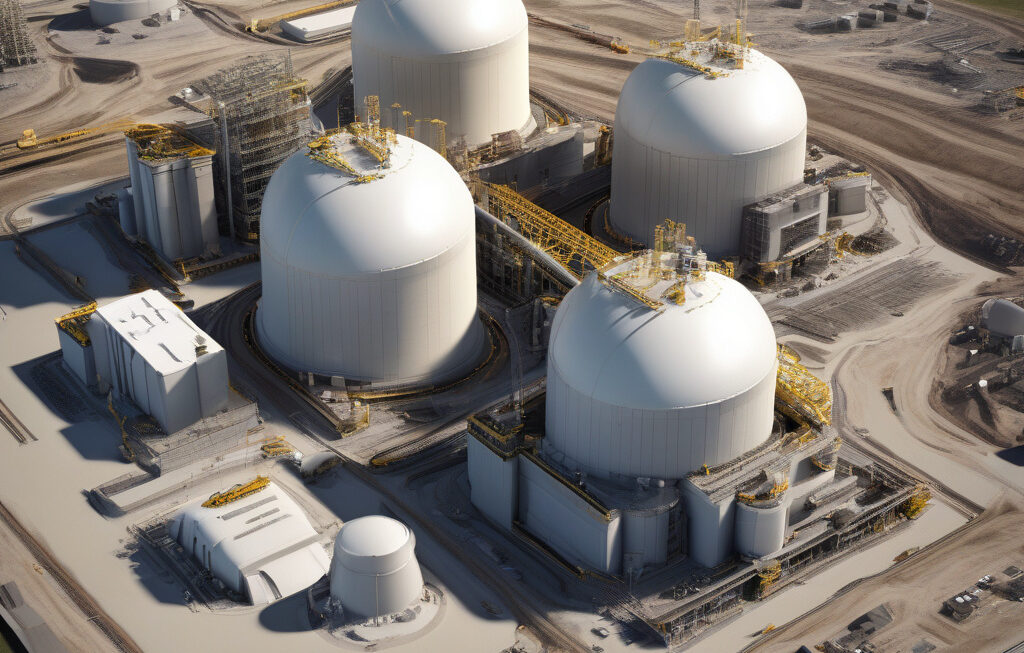US Model Paves Way for Nuclear Waste Ghosts to Rest in Peace for Millions of Years
Nuclear energy projects are on the rise today globally to move the dependence from fossil fuels to cleaner energy sources. However, one of the major concerns associated with nuclear power is the management of radioactive waste. The United States has taken a significant step forward in addressing this issue by developing a model that could potentially allow nuclear waste to remain secure for millions of years, ensuring the safety of future generations.
The US model for nuclear waste management involves the use of deep geological repositories, where the waste is stored thousands of feet underground in specially designed containers. These repositories are located in stable geological formations, such as deep salt beds or granite, which act as natural barriers to prevent the release of radioactive materials into the environment.
One of the key advantages of this approach is the long-term stability it offers. By storing nuclear waste deep underground, the US model minimizes the risk of human and environmental exposure to radiation. This is crucial, as some radioactive isotopes can remain hazardous for thousands to millions of years. The deep geological repositories ensure that even if human civilization were to disappear, the nuclear waste would remain contained and isolated from the surface for an extended period.
The US model also takes into account the importance of community engagement and consent in the siting of nuclear waste repositories. This participatory approach involves working closely with local communities to address their concerns, provide education about the safety measures in place, and ensure transparency throughout the process. By involving stakeholders in decision-making, the US model aims to build trust and foster a sense of shared responsibility for the long-term management of nuclear waste.
Furthermore, the US model emphasizes the need for robust regulatory oversight to ensure compliance with safety standards and best practices. Regulatory agencies play a critical role in monitoring the construction, operation, and eventual closure of nuclear waste repositories to safeguard public health and the environment. By upholding strict regulatory requirements, the US model aims to instill confidence in the safety and security of nuclear waste storage facilities.
In addition to the technical and regulatory aspects, the US model also recognizes the importance of research and development to continuously improve nuclear waste management practices. Scientists and engineers are exploring innovative technologies, such as advanced container materials and monitoring systems, to enhance the long-term performance of deep geological repositories. By investing in research, the US model seeks to stay at the forefront of nuclear waste management and adapt to emerging challenges and opportunities.
As other countries grapple with the complexities of nuclear waste management, the US model serves as a pioneering example of how to address this critical issue effectively. By prioritizing safety, stability, community engagement, regulatory oversight, and research, the US is paving the way for nuclear waste “ghosts” to rest in peace for millions of years, ensuring a sustainable and secure future for generations to come.
In conclusion, the US model for nuclear waste management offers a comprehensive and forward-thinking approach to addressing one of the key challenges of nuclear energy. By combining technical expertise, community engagement, regulatory oversight, and research innovation, the US is setting a high standard for the long-term stewardship of radioactive waste. As other nations seek solutions to their own nuclear waste dilemmas, the US model stands out as a beacon of best practices and a testament to the importance of responsible nuclear energy development.
nuclear waste, US model, deep geological repositories, community engagement, regulatory oversight












